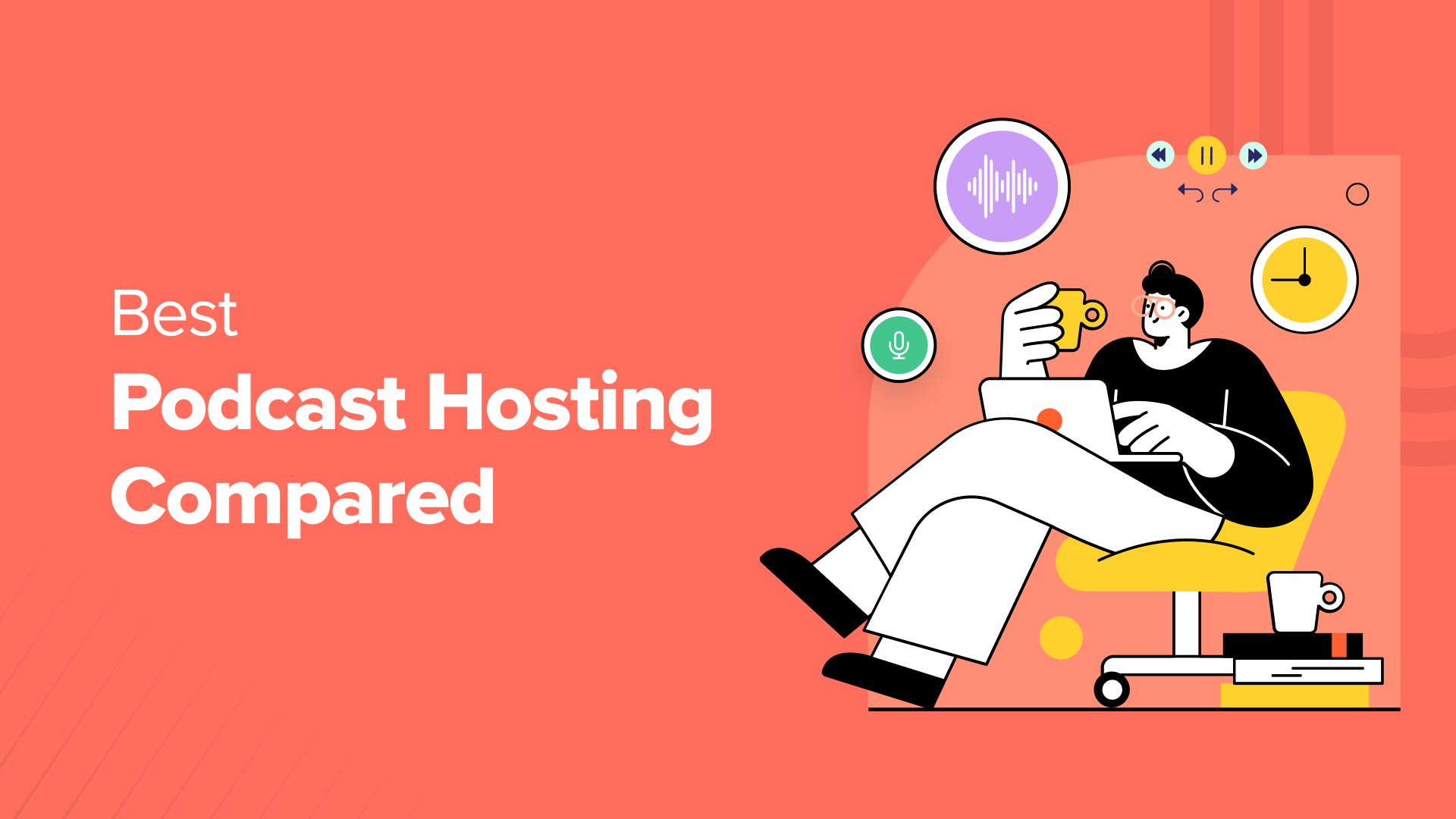Guide to Successful Podcasting: From Concept to Episode Launch
Introduction:
Podcasting has emerged as a popular medium for sharing ideas, stories, and knowledge with a global audience. If you’re passionate about a particular subject and want to connect with like-minded individuals, starting a podcast can be a rewarding endeavor. However, launching a successful podcast requires careful planning and execution. In this comprehensive guide, we will walk you through the process of podcasting, from conceptualization to episode launch, providing you with valuable insights and strategies to set you on the path to success.
- Define Your Podcast Concept:
The first step in podcasting is to define your concept. Determine the topic or theme of your podcast and identify your target audience. Research existing podcasts in your niche to understand what sets your show apart and how you can provide unique value to your listeners. Craft a compelling and concise podcast description or tagline that clearly communicates what your show is about.
- Plan Your Episodes and Format:
Create a roadmap for your podcast episodes. Outline the topics you want to cover, potential guests you’d like to invite, or segments you want to include. Decide on the format of your show, whether it will be a solo monologue, interviews, panel discussions, or a combination. Consider the ideal length for each episode, keeping in mind your audience’s preferences and the depth of content you want to provide. - Select the Right Equipment and Software:
Investing in quality podcasting equipment is crucial for producing professional-sounding episodes. Choose a reliable microphone that suits your budget and recording environment. Acquire headphones, a pop filter, and a microphone stand or boom arm for optimal sound quality. Additionally, select recording and editing software that fits your needs. Popular options include Audacity, Adobe Audition, or GarageBand.
- Create Compelling Episode Content:
Crafting engaging and valuable content is key to attracting and retaining listeners. Develop a structure for each episode, including an introduction, main segments, and a conclusion. Plan your episode script or outline, ensuring a natural flow of conversation or narration. Incorporate storytelling, personal anecdotes, or relevant examples to captivate your audience. Consider incorporating listener questions or feedback to increase engagement. - Recording and Editing Your Episodes:
Find a quiet and acoustically suitable space for recording your episodes. Use a pop filter and microphone technique to minimize unwanted sounds. Aim for consistent audio levels and clarity throughout the recording. Once you finish recording, edit your episodes to enhance the overall quality. Remove any mistakes, pauses, or background noise, and add intro/outro music or sound effects if desired. Aim for a polished and professional final product. - Design Eye-Catching Cover Art:
Your podcast cover art is the first impression potential listeners will have of your show. Create visually appealing cover art that reflects your podcast’s theme or concept. Use captivating images, bold typography, and vibrant colors to attract attention. Ensure that the artwork is clear and recognizable even at small sizes, as it will be displayed on podcast directories and platforms. - Choose a Reliable Podcast Hosting Platform:
A podcast hosting platform is where your episodes will live and be distributed to various podcast directories. Research and choose a reliable hosting platform that offers ample storage, reliable streaming, and detailed analytics. Popular options include Libsyn, Buzzsprout, or Podbean. Ensure that your hosting platform provides easy integration with podcast directories like Apple Podcasts, Spotify, and Google Podcasts.
- Submit Your Podcast to Directories:
To reach a wider audience, submit your podcast to popular directories such as Apple Podcasts, Spotify, and Google Podcasts. Follow the submission guidelines provided by each directory and ensure that your podcast description, cover art, and episode information are accurate and compelling. Leverage social media platforms and your website to promote your podcast and encourage subscriptions. - Engage with Your Audience:
Building a loyal and engaged audience is vital for the success of your podcast. Encourage your listeners to provide feedback, ask questions, or suggest topics for future episodes. Respond promptly to comments, emails, or social media interactions to foster a sense of community. Consider incorporating listener testimonials or shout-outs in your episodes to show appreciation. - Continually Improve and Evolve Your Podcast:
As you gain experience and gather feedback, continually strive to improve and evolve your podcast. Analyze listener statistics and reviews to understand what resonates with your audience. Experiment with different episode formats, guests, or topics to keep your content fresh and engaging. Stay updated with industry trends and seek opportunities for collaboration or cross-promotion with other podcasters.
Conclusion:
Launching a successful podcast requires careful planning, dedication, and a commitment to delivering valuable content. By defining your podcast concept, planning episodes, selecting the right equipment, and creating compelling content, you can set the stage for a remarkable podcasting journey. Remember to engage with your audience, continuously improve your show, and adapt to evolving trends in the podcasting industry. With this comprehensive guide, you are equipped to embark on an exciting adventureinto the world of podcasting, from concept to episode launch. Happy podcasting!
